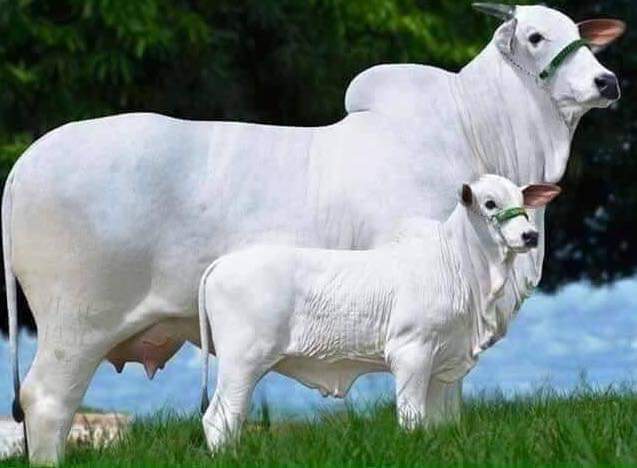Nitrate toxicity in green fodder
By Dr Pravinder kaur Lubana, Ahd ,Govt.of Punjab
Nitrate poisoning is a rare but important cause of poisoning in cattle.
Many commonly used annual forages have the potential for nitrate accumulation, includ- ing brassicas (turnips/radishes,corn, millet, oats, cereal rye, sorghums and sorghum .
However, the most common source is inorganic nitrate fertiliser, either directly ,via grazing an over-fertilised field, or via water run-off from heavily fertilised fields. Rainy and winter is the most common season for nitrate poisoning.
Nitrate poisoning occurs because the nitrate is broken down to nitrite in the rumen.
In normal circumstances this nitrite is further broken down to ammonia in the rumen and is then used by the rumen microbes to make protein.
However, when large amounts of nitrate are eaten over a short period of time, the nitrite accumulates in the rumen and is absorbed. Once in the bloodstream it reacts with iron in the red blood cells so that they can no longer bind oxygen.
Clinical Signs
The signs are usually seen within a few hours of eating the nitrate. The higher the dose the faster the signs develop.
Abdominal pain
Scour
Weakness
Muscle tremors
Drooling of saliva
Blue discolouration of the mouth
Mouth breathing
Collapse
Coma
Death
Diagnosis
The clinical signs are vague, particularly early on. Early veterinary involvement is therefore important. If your cattle have had access to nitrate and start showing signs of illness, get them checked as soon as possible.
Nitrate poisoning can be identified using a blood test for either nitrate or methaemoglobin (the product formed when nitrite reacts with the red blood cells). In severe cases and at PM the methaemoglobin is visible as high levels in the blood result in the blood becoming chocolate in colour
Treatment
Remove the source of nitrate. Veterinary treatment with methylene blue can be very effective at reversing the changes in the blood, particularly in the early stages.
Maintain the rumen pH ( it becomes alkaline)
Nitrate is heavily accumulated in stem part of fodder , it is less in leafy part .
Stop feeding fodder positive for nitrate .




